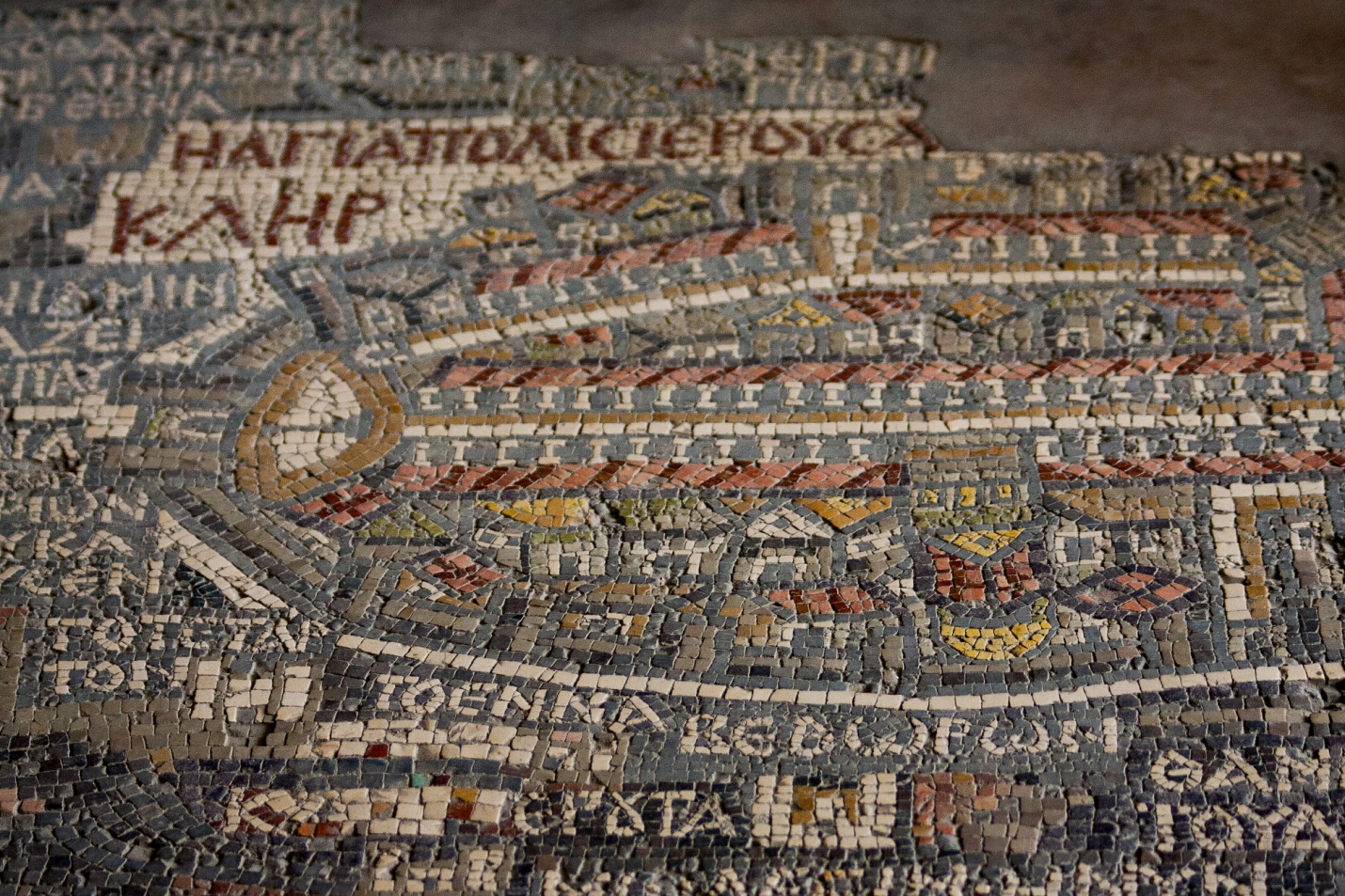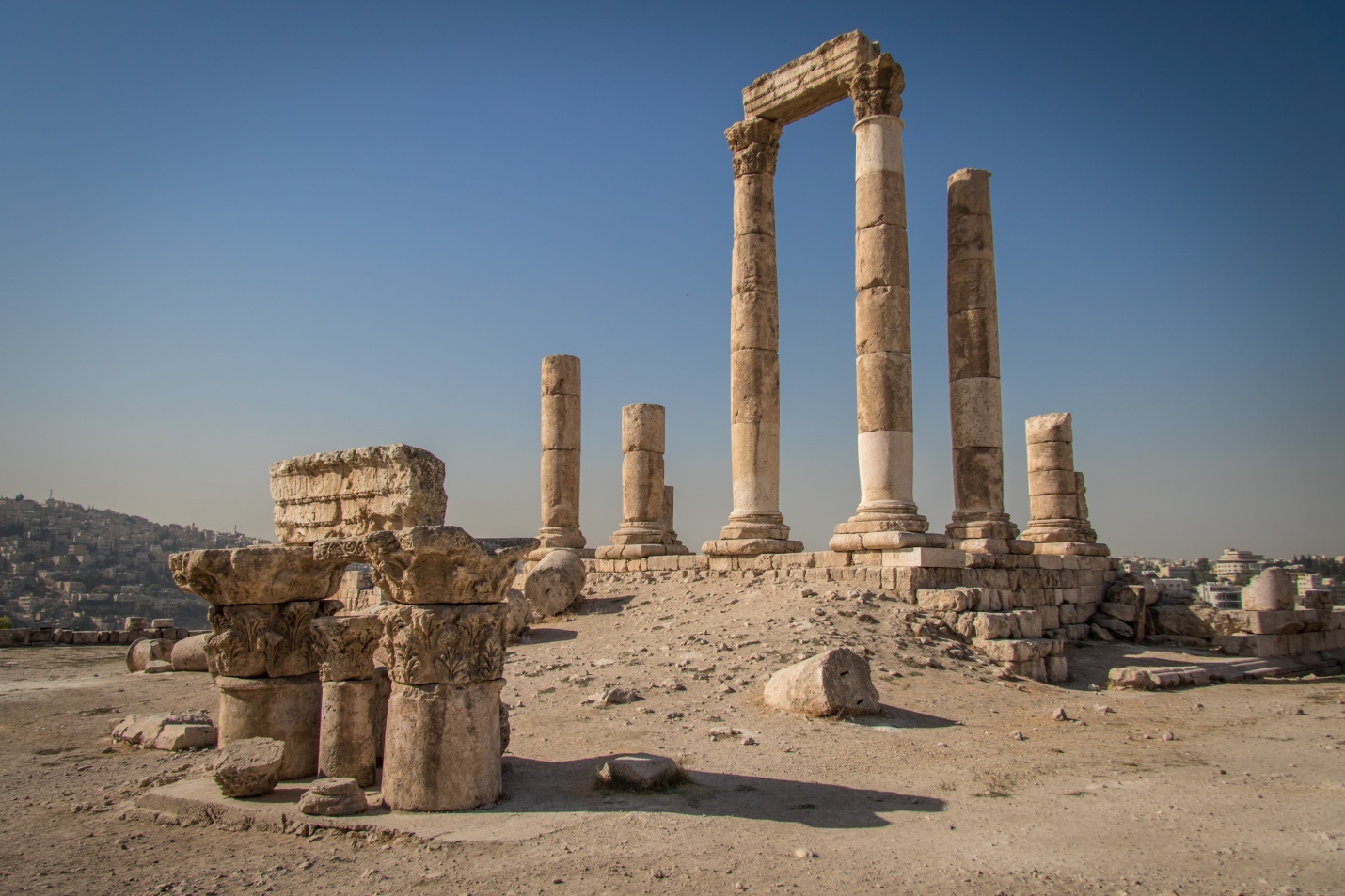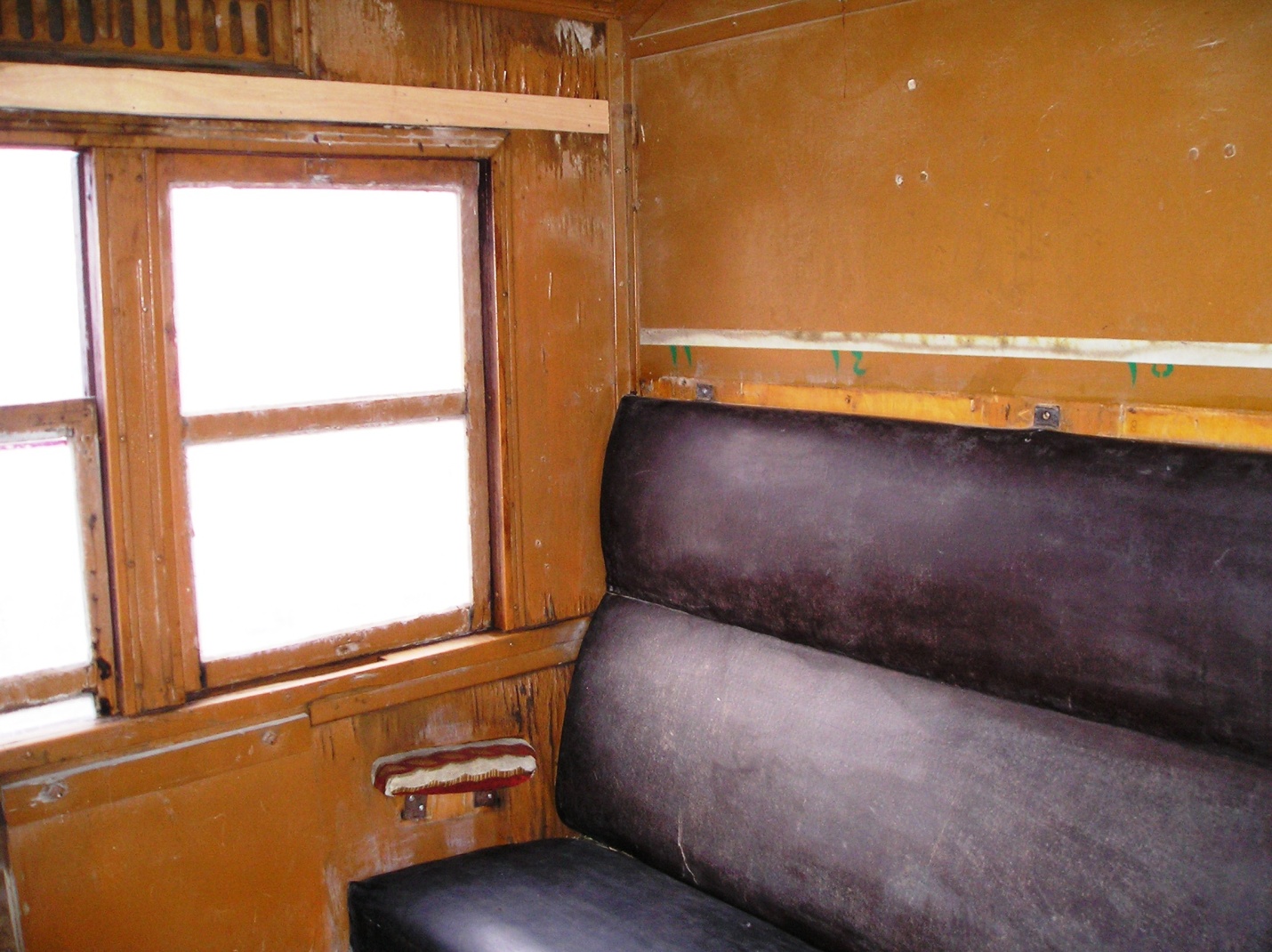Jordan’s Historical Gems
From the gorgeous red sand dunes of Wadi Rum to the ancient ruins of Petra, Jordan is a magnet for anyone looking to experience Middle Eastern. Home to many Palestinian and Syrian refugees, as well as Iraqi Christians who have fled from the Islamic State (ISIS), Jordan is also one of the region's more hospitable countries. There is much to see and do in Jordan, but it is not just about spectacular and glamorous attractions. Exploring the country's historic relics can be just as satisfying, as it takes you back in time to another world altogether, offering a glimpse of life in centuries past. Here are a few of them.
Madaba
Madaba is a historic city that dates back to the Bronze Age. You will find ancient buildings and relics that trace their ownership throughout history—notably, the Roman and Byzantine empires, which it was a part of from the 2nd to 7th centuries, and the Islamic Umayyad Caliphate shortly after. Also known as the "City of Mosaics", Madaba's most significant archaeological finds are the mosaics themselves. One in particular, the Map of Madaba, has drawn the attention of scholars worldwide. Carefully preserved in the Greek Orthodox Basilica of Saint George, two million mosaic tiles form the map of the region back in the 6th century, including Byzantine Jerusalem and other iconic landmarks like the Dead Sea and the Tower of David.
Temple of Hercules
The Temple of Hercules, if completed, would have dwarfed all other temples in Rome. Located in the city of Amman, the construction of the temple was stretched over a four-year period, from 162–166 AD, during the Roman Occupation. However, the massive structure was never completed for reasons unknown. What is left of the temple are six columns and a peculiar sight—three fingers and an elbow of what many historians believe is the statue of Hercules himself. Before earthquakes in the region toppled it, the statue is believed to have been at least 40 feet high, a fitting tribute to one of Greek mythology's most prominent characters. Today, visitors are also treated to a magnificent view of Amman's skyline.
Hejaz Railway Train
Spanning 1,320 km, the Hejaz Railway, part of the Ottoman Railway network, was one of the most significant projects of the Ottoman Empire. It was originally built to connect Constantinople, the Ottoman Empire's capital; to Hejaz, where many sacred Islamic shrines were located; and the Islamic holy city of Mecca. More discreetly, it was also used to facilitate the transportation of the Ottoman Army around the region. However, a lack of funds and the outbreak of World War I interrupted its construction, and the railway only went as far as Medina, some 400 km away from Mecca. Nevertheless, it was a strategic installation that was regularly targeted by the Arabs during the Arab Revolt against the Ottomans. Today, as you admire Wadi Rum's gorgeous landscape, check out the refurbished Hejaz train, located on the now-defunct railway line that ran through the desert. There is even a mock battle of one of the many train raids, staged by the Jordan Heritage Revival Company.






